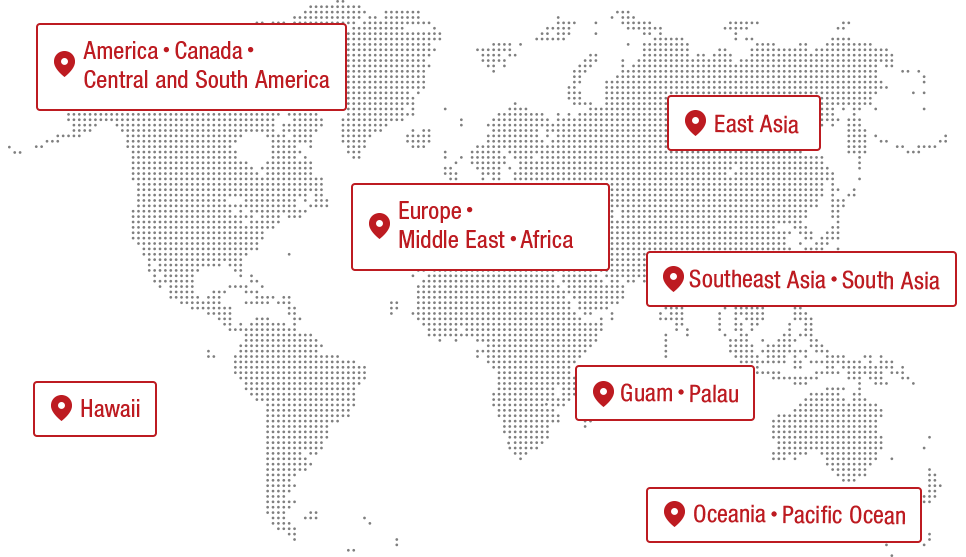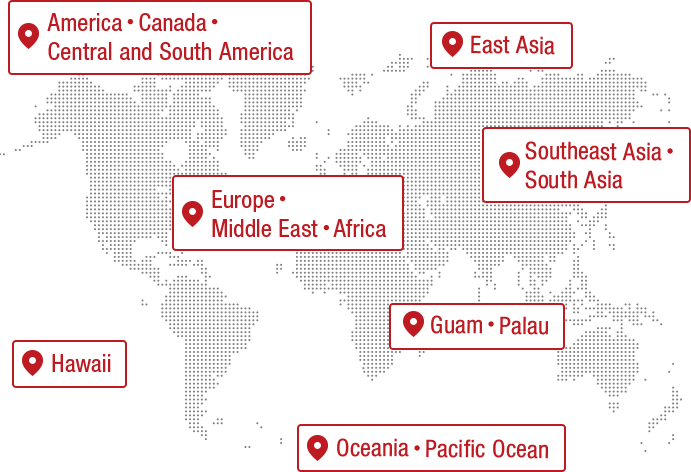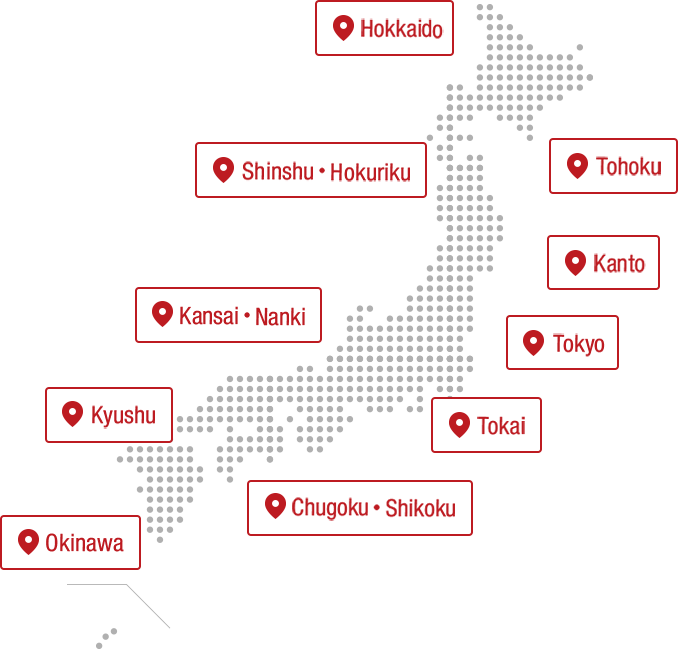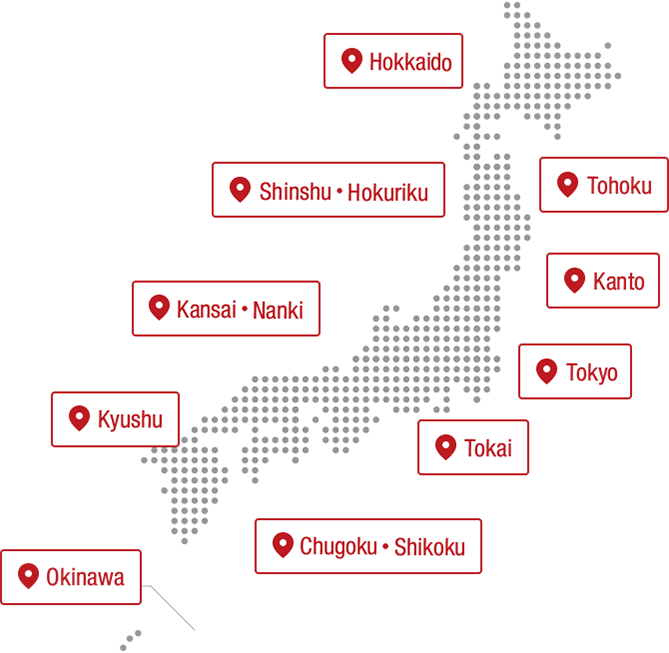"Karatsu Kunchi" is held as the annual autumn festival of Karatsu Shrine. At the exhibition center where you can see the floats, you can enjoy their majestic appearance and feel the passion of the Karatsu people for the festival.

Ai Nishimura
Administrator of the blog "My Diary," which began in 2004. A writer who has traveled to all 47 prefectures and loves local culture and history.
Author of Shimane's "Geography, Place Names, and Maps" Mysteries (Jitsugyo no Nihonsha), My Town is the "Number One in Japan" Dictionary (PHP Institute), and Prefectures Explained in Neko Neko Japanese History (Jitsugyo no Nihonsha). Official blogger for Suntory Gourmet Guide, official top user for Retty, and official platinum blogger for Excite.
Click here for the first part
View historical buildings such as the former Karatsu Bank and the former Takatori Residence.
As you leave the station and walk through the shopping district, you will come across a Western-style building. This is the Former Karatsu Bank.
This Meiji-era building was built by his disciple Tanaka Minoru under the supervision of Tatsuno Kingo, a name that shines brilliantly in the history of Japanese architecture.
Tatsuno Kingo was born in Karatsu City, Saga Prefecture, and his most famous work is the red brick "Tokyo Station Marunouchi Station Building." Many of his works are designated as Important Cultural Properties by the nation.
Next we headed to the Former Takatori Residence, the home of Takatori Koreyoshi, a mining magnate. It is a two-story building built on a vast site of about 7,500m2. You can see gorgeous transoms and door paintings with a Japanese-style design painted on cedar boards. The highlight is the Noh stage, which shows how much effort was put into passing on culture. (Photos were taken with special permission.)
We returned to Karatsu Station and went to see the historic building. The triple arches are impressive.
The first place we visited was the Former Karatsu Bank. You can visit the most famous modern building in Saga Prefecture for free!
Stone and red brick. A cutting-edge building from the Meiji period that combines a variety of materials. It was built by his apprentice, Minoru Tanaka, under the supervision of Kingo Tatsuno, a native of Karatsu who also designed Tokyo Station and the Nara Hotel.
The interior is just as decorative as the exterior.
The space is filled with detailed design details, including a high ceiling and an open atrium.
It has a sense of dignity, but is kept in soft colors. Apparently, the glass of the lampshade was carefully selected during the restoration. There are ample exhibits on the history of the bank itself, the building itself, and the people involved. Although the building is small overall, it is packed with a richness. I'd like to take my time to look around.
The spiral staircase is amazing. If you like Western architecture, this building is a must-see!
We left the "Old Karatsu Bank" and headed towards the "Old Takatori Residence." On the way, we came across a watchtower. A replica of the "Time Drum." It seems to have been used to tell the time.
You can see Karatsu Castle in the distance. I've climbed it once before and the views are amazing.
As I was walking along thinking that this was the "former Takatori residence," I noticed a very long wall. It gave me the feeling that this was a large mansion.
Entering from the entrance, you will see a Western-style house with a chimney and a Japanese-style mansion. This mansion is a national important cultural property. The Takatori family prospered through the coal mining business at Kitsuki Mine. The main house was built in the 1890s and was expanded in the Taisho era, and the house is 300 tsubo (10,000 m2) on a 7,000 tsubo (8,000 m2) lot.
A spacious earthen floor (kitchen). It was not as cold as I had expected. (Photographs of the inside of the house were taken with special permission.)
Beautiful transoms and furnishings. The sliding doors are covered in silk.

The climax of the film is a privately owned Noh stage. Mr. Takatori is well versed in the culture and apparently performs Noh himself as a hobby.
All the furnishings are in excellent condition and harmonious, making it a sight to behold.

The customers had just left and the space was quiet. The view outside the window was very refreshing.
Built over 110 years ago, this home offers a glimpse into the life of a mining magnate. It is a house filled with sensibility and culture.
Visit to Karatsu Shrine and the Karatsu Kunchi float exhibition hall.
Karatsu Shrine, a historic shrine that is revered by locals, is the shrine from which the Karatsu-kunchi floats depart during the annual autumn festival. The shrine is extremely lively during the festival, but it usually maintains a very quiet and solemn atmosphere.
The grounds are also well-maintained and have a relaxing atmosphere. The acrobatic lion-dog statues on top of the stone tower are a must-see. They are not often seen in other areas, but there are apparently lion-dog statues like this all around this area.
At the nearby Hikiyama Exhibition Hall, you can see the floats used in the Karatsu Kunchi festival. The most famous one is the "Tai" (sea bream) with its round eyes. However, if you take a closer look at the other floats, you'll find that each one has its own unique and expressive personality, and you'll lose track of time as you look at their intricate craftsmanship.
From the former Takatori residence, we walked to Karatsu Shrine.
It is a quiet shrine, but it is very well maintained and you can tell that it is well cared for.
This is where the Karatsu Kunchi parade departs from during the autumn annual festival. Karatsu Kunchi is registered as a UNESCO Intangible Cultural Heritage.
The ropes hanging from the lion statues are full of fortune slips tied to them. They look like Hawaiian leis.
A guardian lion standing on top of a stone lantern. This is the first time I've seen one like this!
The pair of lion dogs stands upside down in an even more acrobatic way. Apparently these lion dogs, thought to have been made by the same mason, can be seen at other shrines in the area.
It was actually during the Meiji period that the shrine started calling itself "Karatsu Shrine." It is not clear what its name was before that.
Head to the adjacent "Float Exhibition Hall." Admission is only 300 yen!
All of the floats currently in use are on display, except for those currently undergoing restoration.
First up is the Akajishi (Red Lion). Of the 14 surviving floats, this one is the oldest, dating back to 1819 during the Edo period.
Number two, Blue Lions.
The most popular is the mountain sea bream from Uoyacho, which has many fish shops.
The gorgeous Ho-o-maru was built in 1846.
Shippomaru. It's very intricately crafted! It's also impressive.
We also stopped by the nearby Nishinomonkan, where you can see the floats currently under repair from the outside.
The production site of the "Urashima Taro" float. The floats are made by gluing together many sheets of "Nao Handmade Washi" paper from Saga. These floats have been handed down with such great care that one of them is always repaired after the Kunchi festival is over.
Unsteamed eel. Grilled eel from Watanabe Fresh Fish Shop.
I came across a fresh fish shop in the shopping arcade. I saw them grilling freshly cut raw eels at the entrance, so I decided to go and eat them as they were being cooked. Thanks to the collaborative efforts of the shopping arcade, you can also buy rice. Nakamachi, where Watanabe Fresh Fish Shop is located, is in the neighborhood of Aojishi, the second float. I'm sure it will be a lively place during the festival!
It's fun to listen to stories about Karatsu while eating crispy grilled eel. It's about a 5-minute walk from the station. Be sure to try the delicious eel in Karatsu.
As I was walking towards Karatsu Station, thinking it was about time to head back, I suddenly remembered this.
As I was walking through the shopping district in the morning, I saw a raw eel shrinking on a net.
It definitely looks like eel (laughs). Wow, so luxurious.
But I really wanted to eat it, so I asked the shop staff and decided to go and buy some "white rice" at a nearby store!
They sell food quickly without much explanation. They have a good connection.
I bought a small bowl of rice.
They made a makeshift dining area for us at the back of the store.
The balance between the rice and the eel was obviously off, but it was crispy grilled eel, not steamed like the Kanto region style. The meat was plump and delicious.
It was Watanabe Fresh Fish Shop in Nakamachi!
The contents published are accurate at the time of publication and are subject to change.




















































